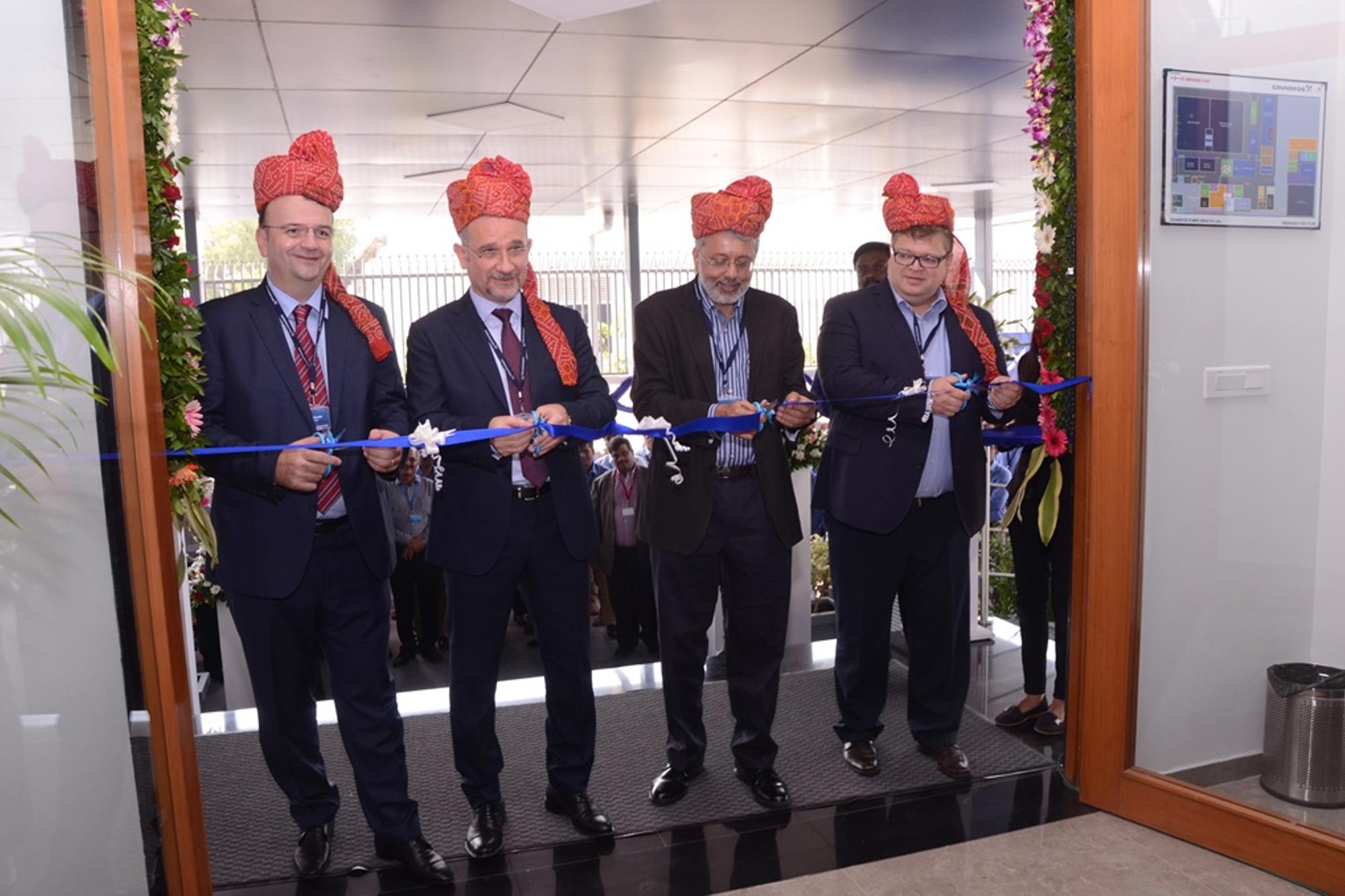Turbidity measurement to make drinking water safe
By Edit Team | May 17, 2016 10:58 am SHARE

Turbidity regulations are set in place in order to guarantee safe drinking water and process efficiency. One of the first steps in the drinking water treatment process is to remove dissolved particles such as soil, algae, and bacteria from the water. To achieve this, the water is mixed with a coagulant chemical, such as alum. These dissolved particles are usually negatively charged and therefore repel each other in solution, resulting in well-dispersed, very fine particles.
The HI 98703 portable nephelometric turbidimeter meets the USEPA Standard Method 2130 B for drinking water, specially designed for low turbidity measurements from 0.00 – 1,000 NTU (Nephelometric Turbidity Units), asserts Hanna Equipments. The HI 98703 provides the option of an EPA mode in which the readings are rounded according to EPA standards, as well as meets both accuracy and light requirements with a meter accuracy of +/- 2 per cent of the reading plus 0.02 NTU and a user-replaceable tungsten filament lamp located in the battery compartment. The HI 98703 also features a ratio measurement method in which two light detectors are used to measure scattered light (at 90 angle) and transmitted light (at 180), decreasing error associated with absorbed light. Customers can calibrate at four points (<0.1, 15, 100 and 750 NTU), as well as monitor calibration conditions with the GLP (Good Laboratory Practices) function.
The HI 98703 is supplied with AMCO-AEPA-1 primary standards for calibration. These standards are unique in that they are cross linked copolymer microspheres suspended in ultrapure water, and are non-toxic and much more stable than formazine standards.
Cookie Consent
We use cookies to personalize your experience. By continuing to visit this website you agree to our Terms & Conditions, Privacy Policy and Cookie Policy.




















